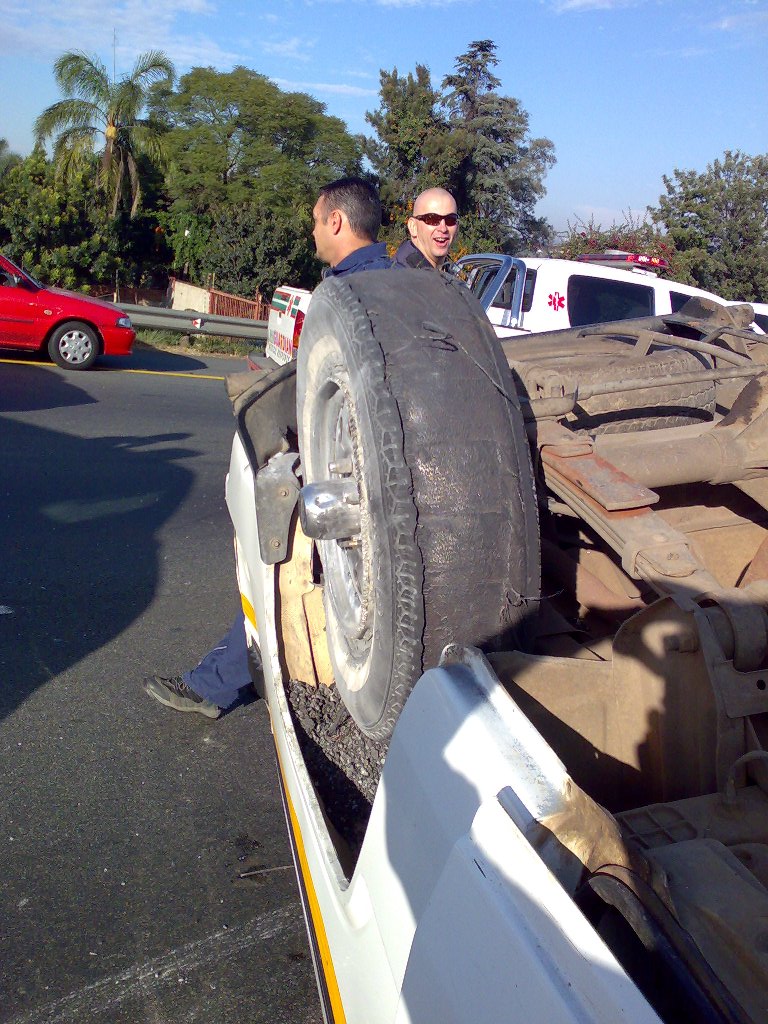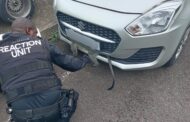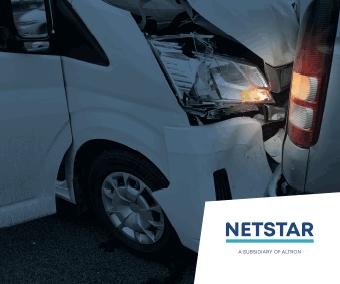As a responsible driver, what can you do to protect your family and ensure that in the event of an accident, your insurance claim will be covered? The first step is to ensure that your vehicle is in a roadworthy condition and that includes your tyres, not only to have your claims paid but to prevent accidents happening.
According to the RTMC, mechanical failures, which include tyre failures, account for 14.1% of road crashes in South Africa. Of these, burst tyres account for 60.6% and smooth tyres for 5.5% – together accounting for over 66% of accidents caused by mechanical failure.
“In the event of a crash, insurance claims could be refuted if it is found that your tyres were in a poor condition, and the insurer can claim a causal link between your tyres and the accident,” says Riaz Haffejee, CEO of Sumitomo Rubber South Africa (Sumitomo Dunlop). “Tyres are the only thing keeping your car safely on the road. For this reason, motorists must check their tyres regularly, and replace them if necessary, with tyres that are deemed to be roadworthy. When the tread on your tyre goes below 3mm braking performance starts to deteriorate – especially in wet conditions. Once the tyre reaches the legal limit of 1.6mm it can take twice the distance to stop when the road surface is wet.”
CEO of Impac Underwriting Managers, Hennie van Staden says that “When a vehicle has been involved in a car accident, one of the first things the assessor will do is check the tyres. If the tyre is under the legal tread limit of 1.6 mm, chances are the claim will be rejected. Most often a rejection or dismissal of a car insurance claim will be identified by the car insurer as a serious breach of contract. It is also important to remember that criminal action can be taken against drivers or owners of vehicles with unroadworthy tyres.”
Consider this case history. The insured was travelling on the N1 from Sandton City, Johannesburg to his home in Midrand. Just before the Midrand turnoff, a dog ran onto the freeway just missing the 4×4 he was driving. He swerved, braked heavily to try and avoid the dog, but ultimately collided with the barrier. The insurer rejected liability because both rear tyres had tread below the legal limit, and it was a condition of the policy that the vehicle had to be in a roadworthy condition. The insured did not accept the outcome and requested a report from the AA, which confirmed both rear tyres to be unroadworthy.
The ombudsman responded as follows:
“The policy issued to the insurer contained specific conditions that the vehicle is kept in a roadworthy condition at ALL TIMES in terms of the Road Traffic Ordinance. The tread depth did not meet the requirements. The insurer’s decision was not based entirely on the policy condition, but also on the fact that the accident may have been avoided and the damage lessened had the vehicle tyres been in good condition.” Based on this, the ombudsman upheld the insurer’s decision.
“Car insurance is not supposed to be a battleground between policyholders and insurance companies. It’s an agreement reached through mutual understanding, where the insurance company agrees to provide cover for specified risk in return for the payment of car insurance premiums,” van Staden explains. “Both parties agree to abide by clearly specified clauses and warranties in the car insurance policy. If a party to the contract fails to abide by these, he/she is in breach of contract and the law or the ombudsman must ensure that justice and fairness prevail.”
“Replacing your tyres before they wear beyond the tread limit of 1.6 mm and maintaining optimal tyre pressure are musts to prevent mechanical failures on the road. You will find the correct tyre pressure for your vehicle displayed on the inside of the driver’s door, the fuel cap or in your vehicle owner’s manual. Inspect tyres at least once a month by turning them to the side to get a full view of the tyre tread depth. Rotating tyres atleat once a year will extend tyre life,” Haffejee advises.
“If you are unsure as to whether or not your tyres are safe, meet the legal requirements or need rotation, it is best to visit a reputable fitment centre for advice,” advises Haffejee. “These operations have professional staff who have been trained and can conduct a thorough assessment of your tyres.”
For more information, please visit https://www.dunloptyres.co.za/Partwornguidelines
Tyre Failure and Vehicle Fitness
Also view the following sections:
- Car Insurance and Tyre Safety
- Road Safety and Tyre Safety
- Tyre Maintenance and Road Safety
- Wheel Balance, Wheel Alignment and Safe Driving
- Tyre Expiry
- Nitrogen in Tyres and Road Safety
- Run Flat Tyre Technology and Road Safety
- Changing the Tyre Safely next to the Road
- Tyre Safety, Fitment and Road Safety
- Tyre Selection and Safety Tips


























